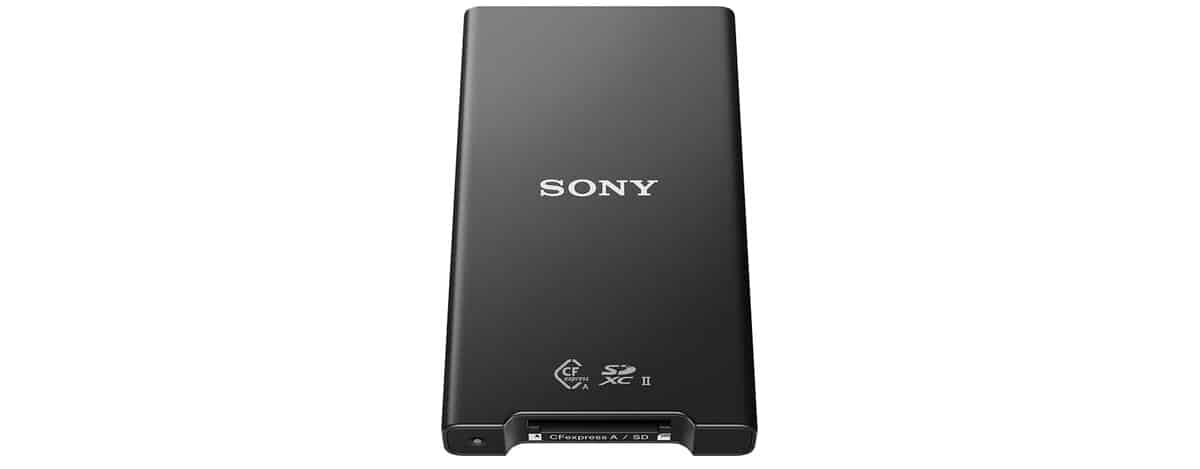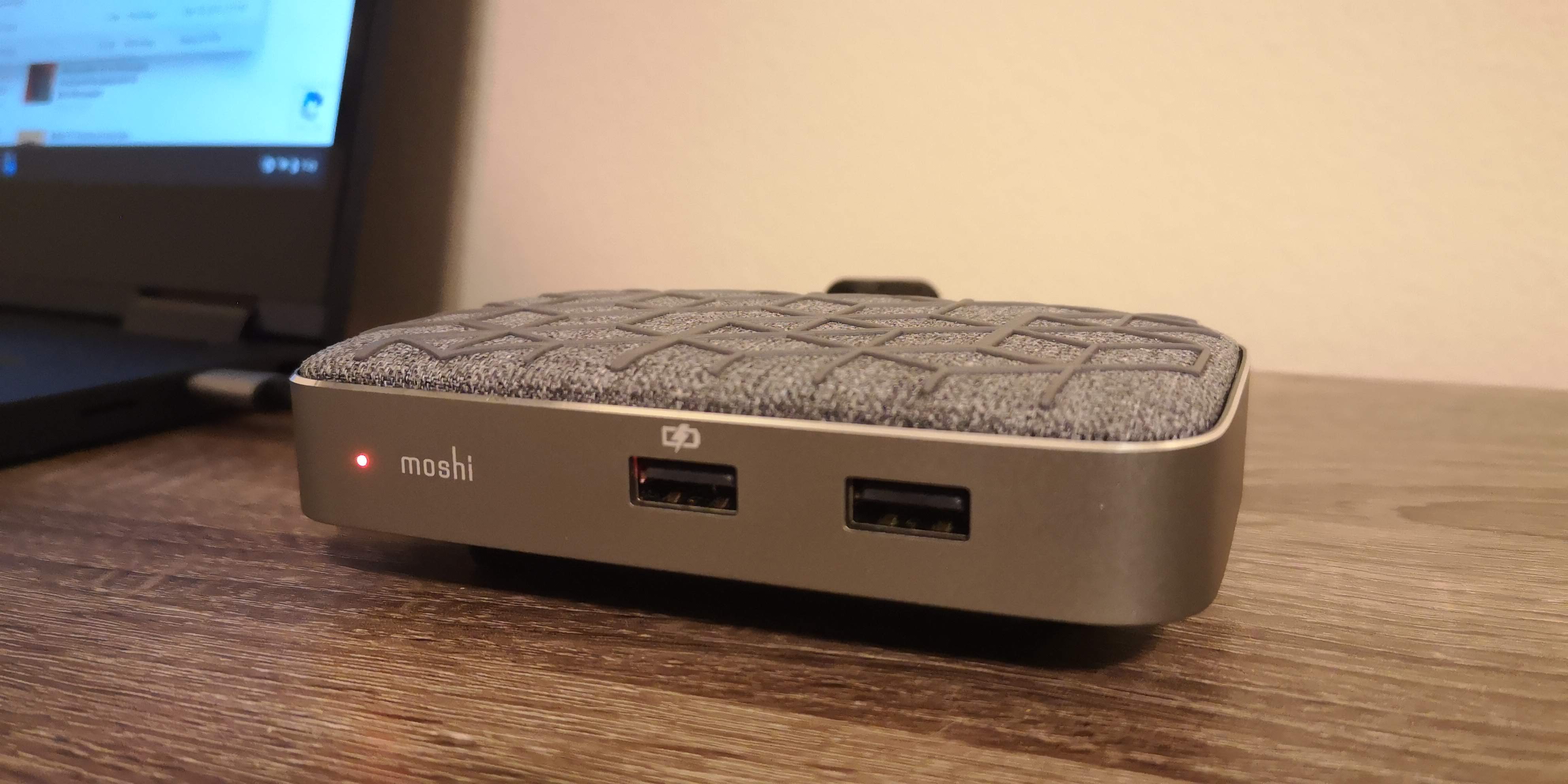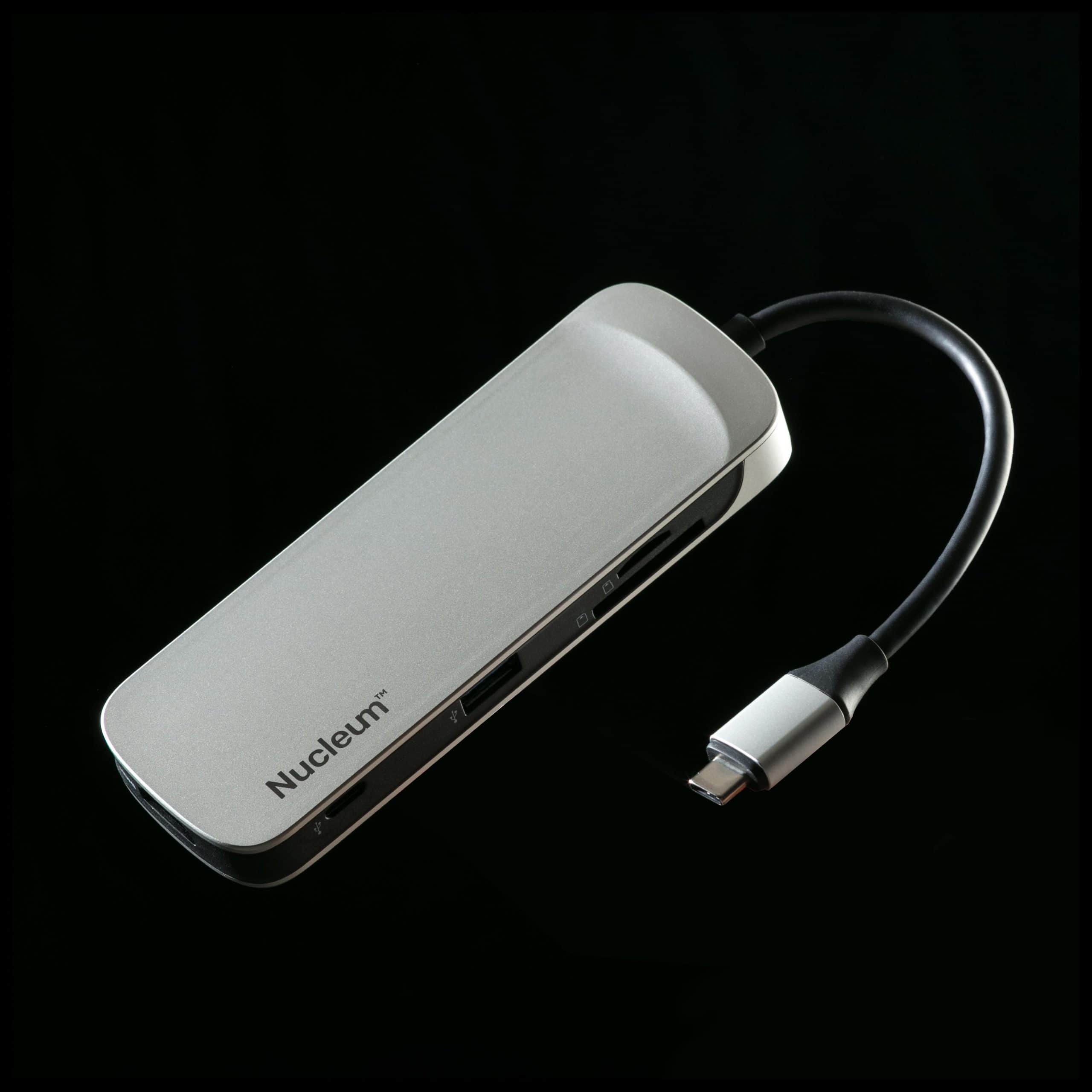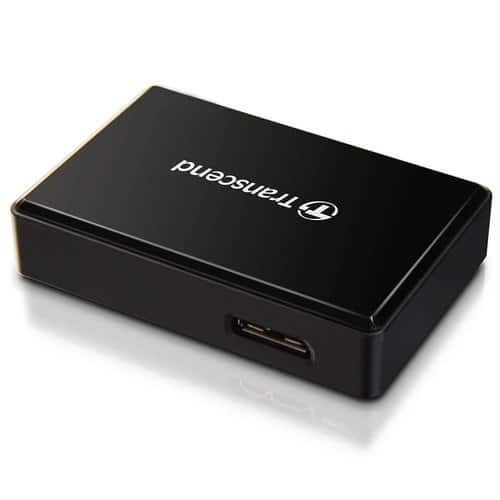Security Digital (SD) cards are a comfortable way to store data because they are portable and affordable. They can be very useful for photographers, gamers, and other professionals who want to expand the memory capacity of their cameras, consoles, and other devices without any permanent hardware upgrades. Want the best options available now? See our list of 5 best SD Card readers:
1. Sony MRWG2:

This is a multi-card reader compatible with the fastest speeds. It is designed for the latest CFExpress Type A cards with reading speeds of up to 800MB/s and write speeds of up to 700MB/s. On top of that, the quicker speeds of CFExpress Type A cards allow users to record high-resolution 4K recordings. Apart from the recent CFExpress Type A cards, the MRWG2 works with most other memory cards.
2. Moshi Symbus:

This is an all-in-one option for users who want to expand the ports on their personal computers. It comes with a built-in card reader and lots of other connectivity options to add devices.
Must Read: Top 10 Best Phone to SD Card Apps for Android
It works with several SD and MicroSD cards, including the SDHC and SDXC formats. Even if the speeds of up to 104MB/s are not as good as the option above, it is still enough for your daily activities.
3. Kingston Nucleum USB C Hub:

Still on the topic of best SD-Card readers to buy. This one competes with the features of the Symbus for around half the price, and it comes with built-in USB ports and an HDMI port in addition to the SD and MicroSD card reader.
Must Read: 7 Best Monopods For Photography
This option possesses several ports, including USB-A, USB-C, and HDMI, and there are 2 USB-A 3.1 ports and two USB-C 3.1 ports. You’ll also love the fact that one USB-C port comes with can power devices up to 60 watts without requiring a power adapter.
4. Ugreen SD Card Reader:

This product can read various cards simultaneously and it is compatible with most card types. It actually allows users to connect up to four cards at the same time.
Must Read: Why You Need An SD Card Recovery Software Right Now
It also delivers quick data transfer speeds of up to 5Gbps. A particular slot is dedicated to SD cards of all types and speeds, including SDHC and SDHX.
5. Transcend TS-RDF5K:

If you are one of those who doesn’t need all the added features of a hub and prefer a dedicated card reader, this is the option to go for. It is portable and simple to carry in a pocket while being able to read SD cards. It is simple to transport and easy to use too, and at 2.2 by 0.9 by 0.4 inches (56 by 24 by 9.9 millimeters), it’s compact enough to move anywhere.
wrapping up: There you have it – a comprehensive list of best SD-Card readers to buy. Feel free to let us know about your personal favorites and other recommendations in the comment section below.
More Information On Gadgets:
A gadget is a small tool such as a machine that has a particular function but is often thought of as a novelty. Gadgets are sometimes referred to as gizmos.
In the software industry, “Gadget” refers to computer programs that provide services without needing an independent application to be launched for each one, but instead run in an environment that manages multiple gadgets.
There are several implementations based on existing software development techniques, like JavaScript, form input and various image formats.
The earliest documented use of the term gadget in the context of software engineering was in 1985 by the developers of AmigaOS, the operating system of the Amiga computers (intuition.library and also later gadtools.library). It denotes what other technological traditions call GUI widget—a control element in the graphical user interface. This naming convention remains in continuing use (as of 2008) since then.
It is not known whether other software companies are explicitly drawing on that inspiration when featuring the word in the names of their technologies or simply referring to the generic meaning.
The word widget is older in this context. In the movie “Back to School” from 1986 by Alan Metter, there is a scene where an economics professor Dr. Barbay, wants to start for educational purposes a fictional company that produces “widgets: It’s a fictional product.”



